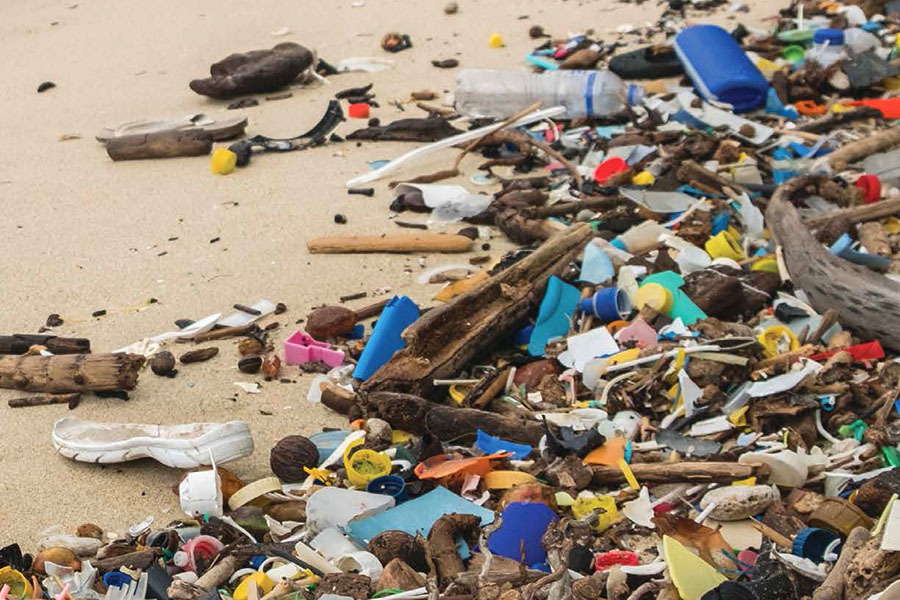Background
Meet a scientist who studies plastic pollution! This lesson is part of the Plastic Pollution and You curriculum developed by the educators from New York Sea Grant.
In this lesson, students will learn more about the career of a plastic research scientist who studies plastic pollution. Dr. Sherri “Sam” Mason is a leading researcher in the field of plastic pollution and has published numerous peer reviewed academic articles.
This activity utilizes the collaborative learning structure called a Jigsaw to allow students to work together to read, summarize, and present findings from an article written by Dr. Mason.
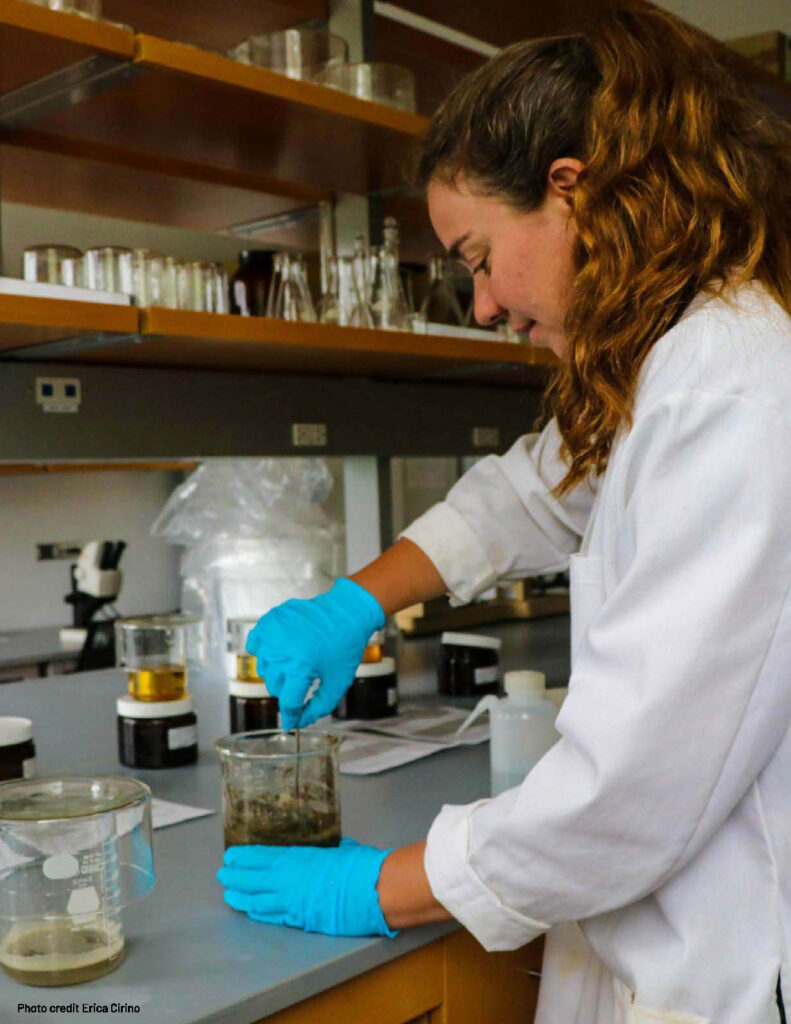
Objectives
Students will:
- report on the career of a research scientist who studies plastic pollution.
- collaborate with peers to read, summarize, and present findings from an article written by a research scientist who studies plastic pollution.
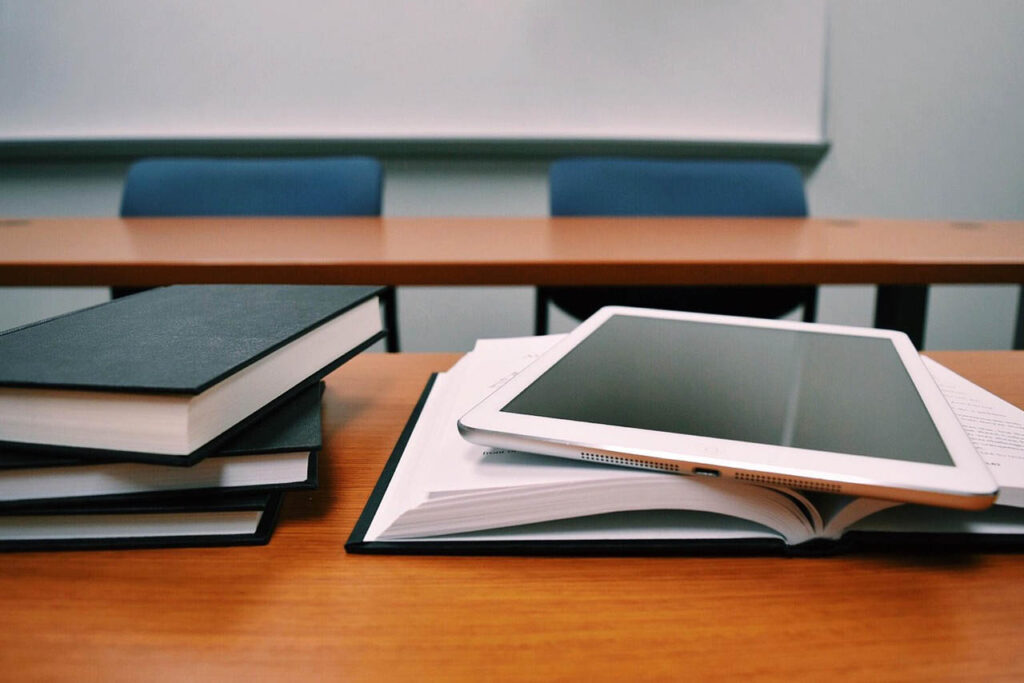
Lesson Alignment
This lesson is part of the Plastic Pollution and You curriculum and is aligned to the following standards document:
English Language Arts Standards & Literacy in History/
Social Studies, Science, and Technical Subjects Standards | LINK
ELA: W6, R8
Materials
Access printed copies or electronic versions of lesson materials below.
TEDTalk: Beads of Destruction1
Video Resource
Article: Plastic, Plastic Everywhere by Dr. Sherri Mason
One per student
Jigsaw Worksheets
One set per student
Student Response Sheet
One set per student
Plastic Pollution and You
Full Curricula
1 Disclaimer: The linked YouTube video below may contain advertisements that can interrupt viewing. These ads are typically placed by content creators or YouTube and may vary in length and frequency.
Time Required
This lesson may require multiple class periods to complete.
Activity Set-Up
Using a cooperative learning structure called ‘Jigsaw’, divide the class into groups of four to five students per group. This will be their “Home Group”. Assign each student a section of the article. Each student will be responsible for reading only their portion of the article.
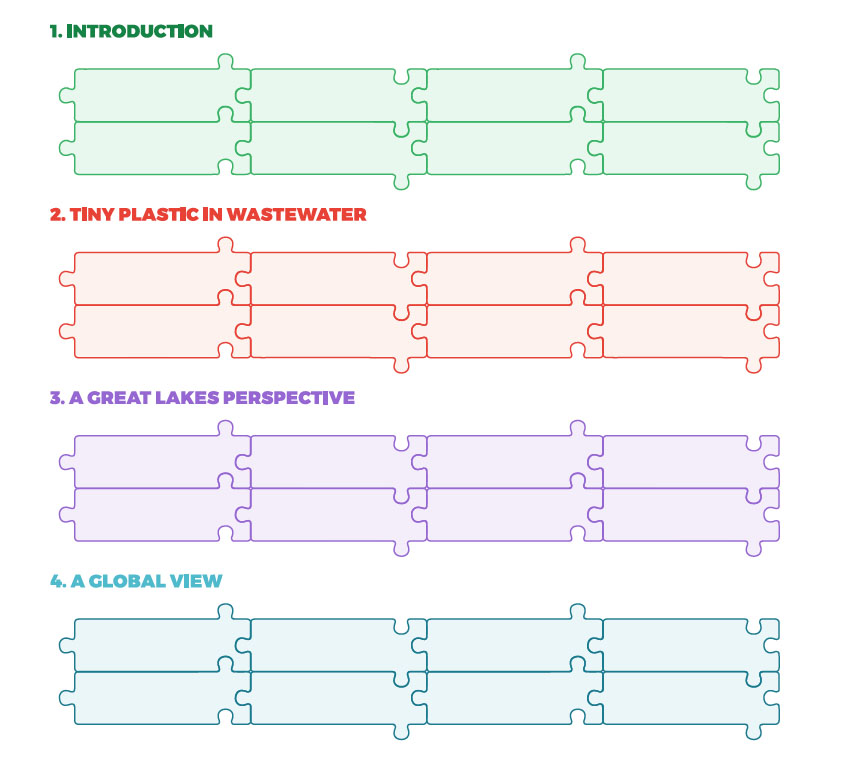
Lesson
- The students will collaborate with students from other Home Groups that read the same section of the article that they had just read. These are their ‘Expert Groups”. Each of these groups will be given a worksheet that will help them to organize the information contained in their section.
- Next, have the students return to their Home Groups. Each student will present the information from their Expert Group section of the article to their Home Group. The whole group will then learn from each other as they discuss it together.
- Last, have each student put together one Google Slide for the section they are an expert on in their Home Group. Once each student has added their slide, have each Home Group present their summary of the article to the class
- Additional activities:
- Have students watch “Beads of Destruction” TEDTalk.
- Have students complete the Student Response Sheet.
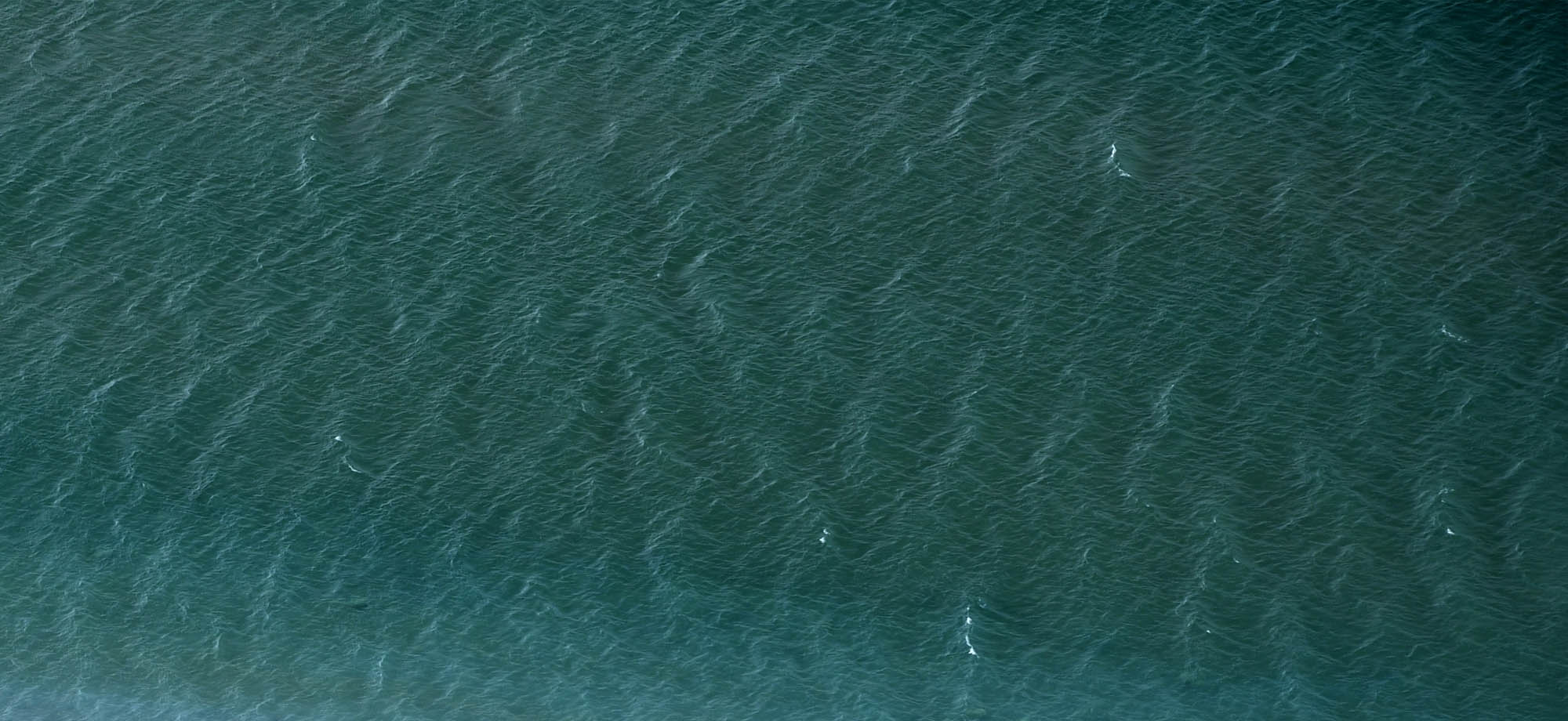
This lesson is part of a larger curriculum, Plastic Pollution and You.
